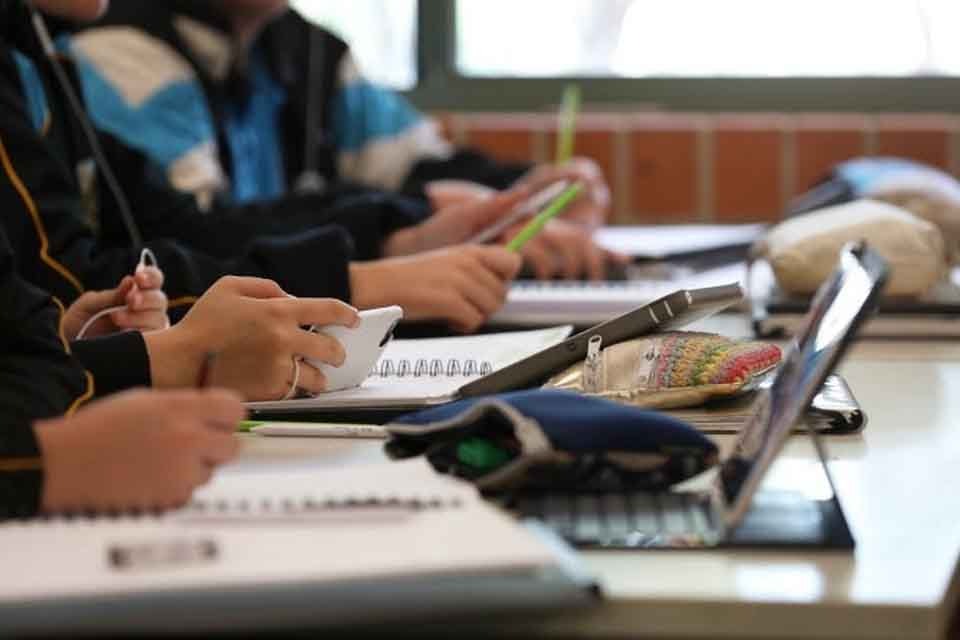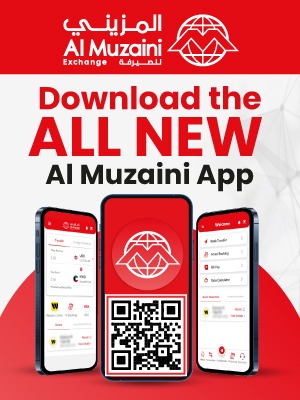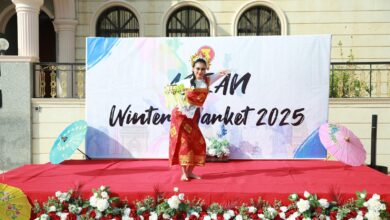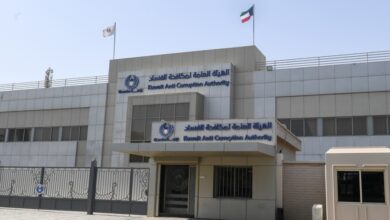Literacy, education and human capital

The Times Kuwait Report
International Literacy Day, observed on 8 September every year since 1967, reminds policymakers, practitioners, and the public of the importance in ensuring literacy among all, in order to create a more educated, equitable, peaceful, and sustainable society.
The world has made significant progress in literacy; 57 years ago when the United Nations first celebrated International Literacy Day, nearly one-quarter of global youth lacked basic literacy skills. Today, more than 86 percent of the world’s population above 15 years of age know how to read and write. Despite this progress, 765 million adults still lack basic literacy skills, of whom two-thirds are women, and 250 million children in the 6–18 age group are currently out of school.
In Kuwait, we are blessed in that over 96 percent of the population are literate. According to the latest data from United Nations Educational , Scientific, and Cultural Organization (UNESCO), literacy among those aged 15 and above in Kuwait has grown remarkably from the 1970s when it was around 60 percent to 96.1 percent today. This figure is even higher at 99.1 percent for the 15 to 24 year-old youth cohort of the population.
Promotion of literacy by the authorities since the country’s independence in 1961 has resulted in the current high literacy rate among the population. Last week, the government once again underlined Kuwait’s commitment to exerting maximum efforts to provide an environment that enhances educational attainment, maximizes its effectiveness, and contributes to the creation of an educated generation capable of building and advancing the progress of Kuwait.
The cabinet’s emphasis on creating an educated generation is important, as the country’s high literacy rate cannot be construed as an indication of a highly educated generation. Although in Kuwait we have an enviable 96.1 percent literacy rate, our educational levels, when measured against regional and international benchmarks, leaves a lot more to be desired..
People generally tend to equate literacy with education, and often use these two terms interchangeably. Although literacy and education may imply similarity, they are not the same. Literacy is the basic ability to read, write, and calculate, which enables people to access information, communicate, interact, and participate with others in society.
Education, which is founded on literacy, is a much broader concept that involves the process of not only acquiring knowledge and skills, but also imbibing values, morals, habits, and beliefs. Education is a lifelong process that can take place in both formal settings, such as schools, as well as in informal settings of family, friends and community.
In a bid to enhance the educational milieu in the country, Kuwait has been working with the World Bank over the decades on a number of projects aimed at reforming education and improving the country’s human capital. A nation’s human capital is the knowledge, skills, health and other attributes that empower people to achieve their full potential and help drive productivity, earnings and economic growth.
Enhancing human capital is vital to realizing Kuwait’s ambitious 2035 vision of transforming the country into a regional commercial, financial and cultural hub. Considering its primacy, one of the seven pillars on which the Vision 2035 is founded, is developing the country’s human capital by reforming the education sector. In order to realize Vision 2035 and translate it to actionable programs, a series of five-year ‘Kuwait National Development Plans (KNDP) have been outlined.
In a bid to enhance outcomes of the KNDP, the government engaged with the World Bank to design and develop a Country Engagement Framework (CEF) from the current KNDP-3 period of 2021-2025. In its executive summary to the CEF 2021-2025 report, the World Bank notes that investing in human capital is crucial to realizing the CEF goals.
Despite the importance of human capital, the Bank pointed out that the prevailing social contract, which assures full employment for all Kuwaiti nationals, is detrimental to human capital development, as it has significant implications for public sector effectiveness, fiscal sustainability, and private sector growth. The social contract not only hinders development of a vibrant non-oil private sector, it also deters citizens from pursuing academic achievements due to a sense of entitlement to public sector jobs, irrespective of their education level or abilities.
The executive summary also highlights the need for comprehensive labor market reforms to enhance the employability of young nationals through improving their knowledge, skills, and training, as well as encouraging innovation and promoting entrepreneurship among the young, and creating job opportunities for them in the private sector.
In alignment with Kuwait’s Vision 2035 and its KNDPs, the Ministry of Education in coordination with the National Center for Education Development (NCED) also signed a multiple five-year program with the World Bank. Known as the Integrated Education Reform Program (IERP), it aims to address issues in the education system, including through curriculum reforms, creating quality learning environments and effective teaching processes, as well as measuring effectiveness of the system and progress of the program through periodic national assessments.
A ‘Learning Poverty Brief’ published by the World Bank in 2019, ahead of the culmination of the second phase of IERP in 2020, highlights several challenges with Kuwait’s education system. Learning poverty, which refers to the inability of a child to read and understand a simple text by age 10, assesses the minimum proficiency level at the end of primary school using schooling and learning indicators.
Among others, the report finds that:
- Nearly 51 percent of 10-year-olds in Kuwait were unable to read and understand a simple text by the end of primary school in 2016. This is higher than the average for the region and income group.
- Around 3 percent of primary school-aged children in Kuwait are not enrolled in school.
- Large-scale learning assessments of students in Kuwait indicate that 49 percent do not achieve the Minimum Proficiency Level (MPL) at the end of primary school.
- Although ‘Learning Poverty’ in Kuwait is 12.3 percentage points better than the average for the Middle East and North Africa (MENA) region, it is still 27.1 percentage points worse than average for high income countries.
- Learning Poverty is also higher for boys than for girls in Kuwait, mainly due to a mix of two effects. First the share of ‘Out-of-School’ children is higher for boys (5%) than for girls (1.4%). And second, boys are less likely to achieve minimum proficiency at the end of primary school (56%) than girls (43.3%)
Additionally, the World Bank’s Human Capital Index (HCI), which tracks progress of countries in developing and utilizing human capital, shows that as of 2020:
- A child born in Kuwait will be 56 percent as productive when they grow up as they could be if they enjoyed complete education and full health.This rate is slightly lower than the average for the MENA region (57%) and far lower than for High Income countries (71%).
- In Kuwait, children who start school at age 4 can expect to complete 12 years of school by their 18th birthday. However, when factoring in what children actually learn, expected years of school drop to 7.4 years.
- Students in Kuwait score 383 on Average Harmonized Test Scores — a scale where 625 represents advanced attainment and 300 represents minimum attainment.
The HCI quantifies how lack of quality education, skills development and health for children today undermines their future by reducing incomes and opportunities. The HCI provides a window for policymakers and other concerned entities in Kuwait to undertake necessary remedial measures today to ensure a brighter future for tomorrow’s generations.












